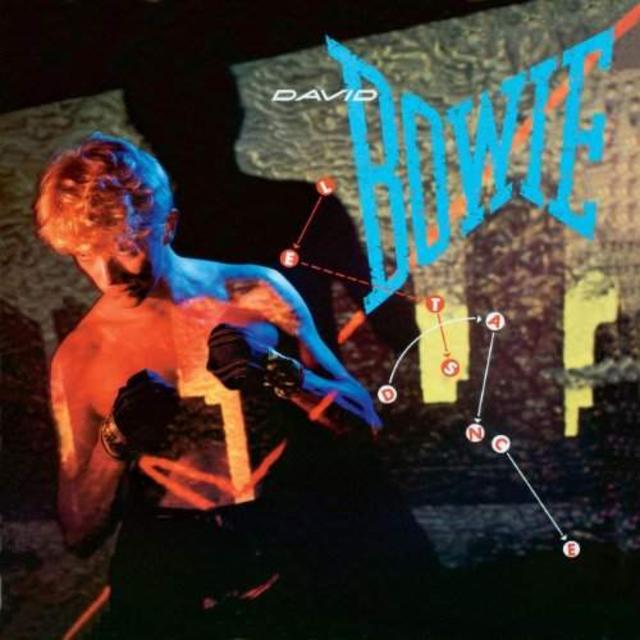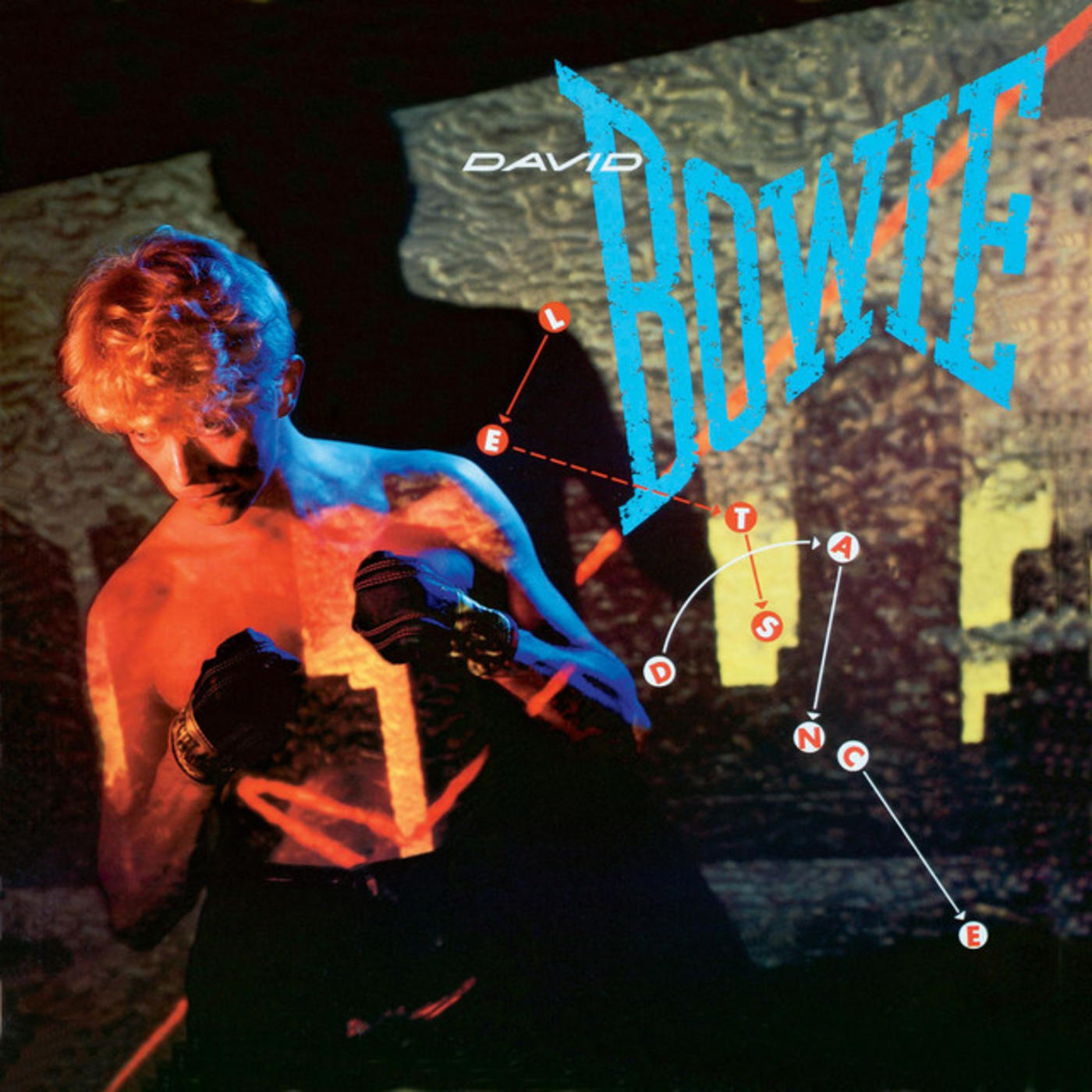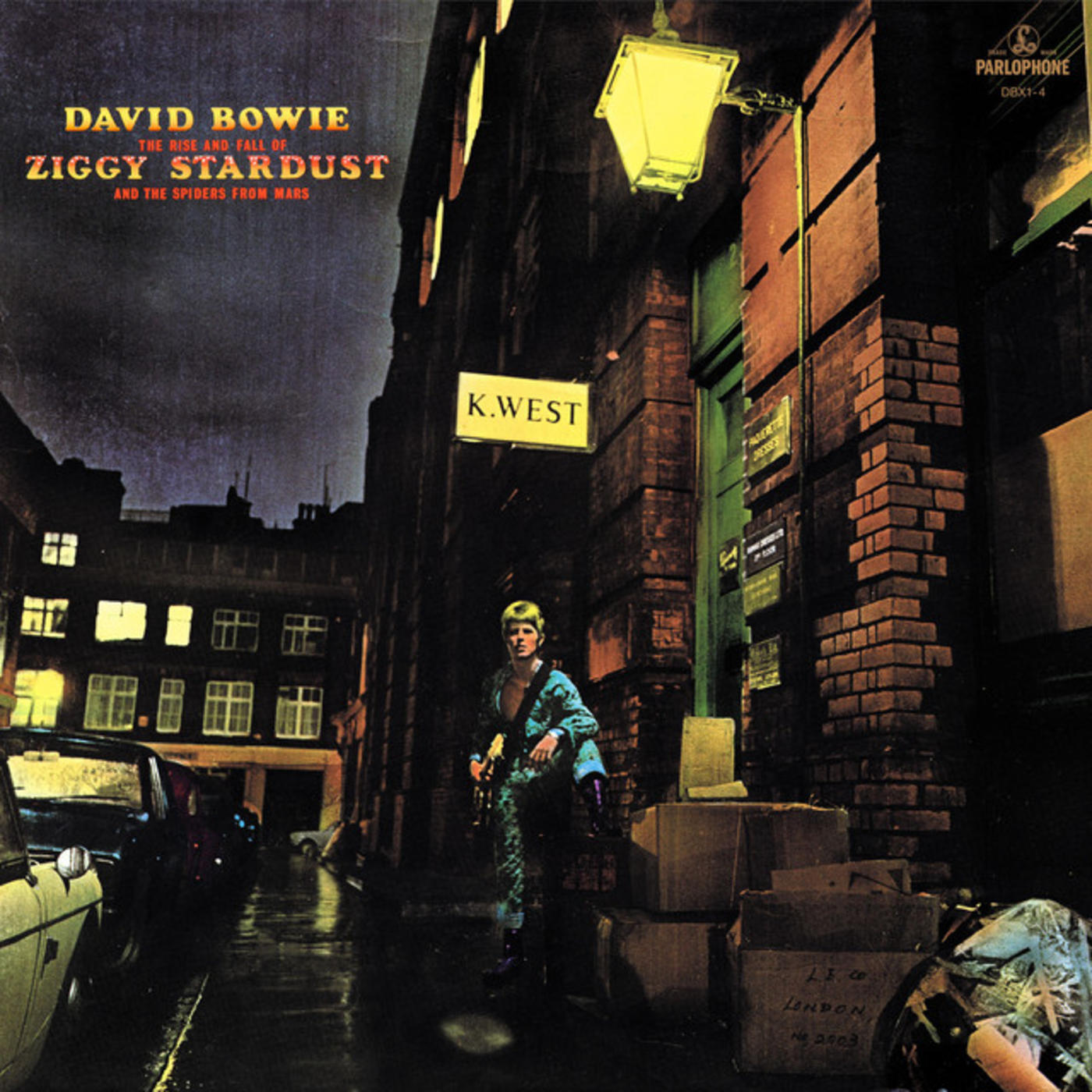Once Upon a Time in the Top Spot: David Bowie, “Let’s Dance”
THIS IS THE ARTICLE FULL TEMPLATE
Thursday, April 9, 2015
THIS IS THE FIELD NODE IMAGE ARTICLE TEMPLATE

32 years ago today, the #1 song on the UK Singles chart was a songwriting collaboration between David Bowie and a very Chic gentleman that featured a scorching guitar solo from some guy named Stevie Ray.
“Let's Dance” was the title track of Bowie's debut album for EMI Records, an album which was originally supposed to have been produced by longtime Bowie collaborator Tony Visconti, who discovered that he'd been replaced on the project a little later in the game than he probably should've been. (When Visconti checked in with Bowie's assistant about the status of the project, he received the bad news that Rodgers and Bowie had been working together for two weeks, it was working out, and his services wouldn't be needed after all. Ouch.) Still, the end result was certainly the uber-commercial affair that EMI had been hoping for when they plunked down a reported $17.5 million for Bowie's services on their label: Let's Dance topped the charts in the UK, Australia, and a number of other European countries, and when it hit #4 in the US, it put Bowie in the top five of Billboard'sTop 200 chart for the first time since 1976's Station to Station.
As for the single, “Let's Dance” achieved something that no Bowie single had done before and has never done since: it topped both the UK and the US singles charts. It also introduced a heck of a lot of people to the guitar artistry - or guitaristry, if you will (but we know you won't, and we don't blame you for that) - of Stevie Ray Vaughn, who'd crossed paths with Bowie after the guitarist had performed at the 1982 Montreux Jazz Festival and - to use Bowie's own words - “completely floored” the Thin White Duke. As a result, Vaughn ended up tearing it up on “Let's Dance,” just in case you've always wondered who was doing that solo at the end of the song. Now that you do know, though, you should probably go listen to it again and wonder why you never figured it out before.
“Let's Dance” was the title track of Bowie's debut album for EMI Records, an album which was originally supposed to have been produced by longtime Bowie collaborator Tony Visconti, who discovered that he'd been replaced on the project a little later in the game than he probably should've been. (When Visconti checked in with Bowie's assistant about the status of the project, he received the bad news that Rodgers and Bowie had been working together for two weeks, it was working out, and his services wouldn't be needed after all. Ouch.) Still, the end result was certainly the uber-commercial affair that EMI had been hoping for when they plunked down a reported $17.5 million for Bowie's services on their label: Let's Dance topped the charts in the UK, Australia, and a number of other European countries, and when it hit #4 in the US, it put Bowie in the top five of Billboard'sTop 200 chart for the first time since 1976's Station to Station.
As for the single, “Let's Dance” achieved something that no Bowie single had done before and has never done since: it topped both the UK and the US singles charts. It also introduced a heck of a lot of people to the guitar artistry - or guitaristry, if you will (but we know you won't, and we don't blame you for that) - of Stevie Ray Vaughn, who'd crossed paths with Bowie after the guitarist had performed at the 1982 Montreux Jazz Festival and - to use Bowie's own words - “completely floored” the Thin White Duke. As a result, Vaughn ended up tearing it up on “Let's Dance,” just in case you've always wondered who was doing that solo at the end of the song. Now that you do know, though, you should probably go listen to it again and wonder why you never figured it out before.


